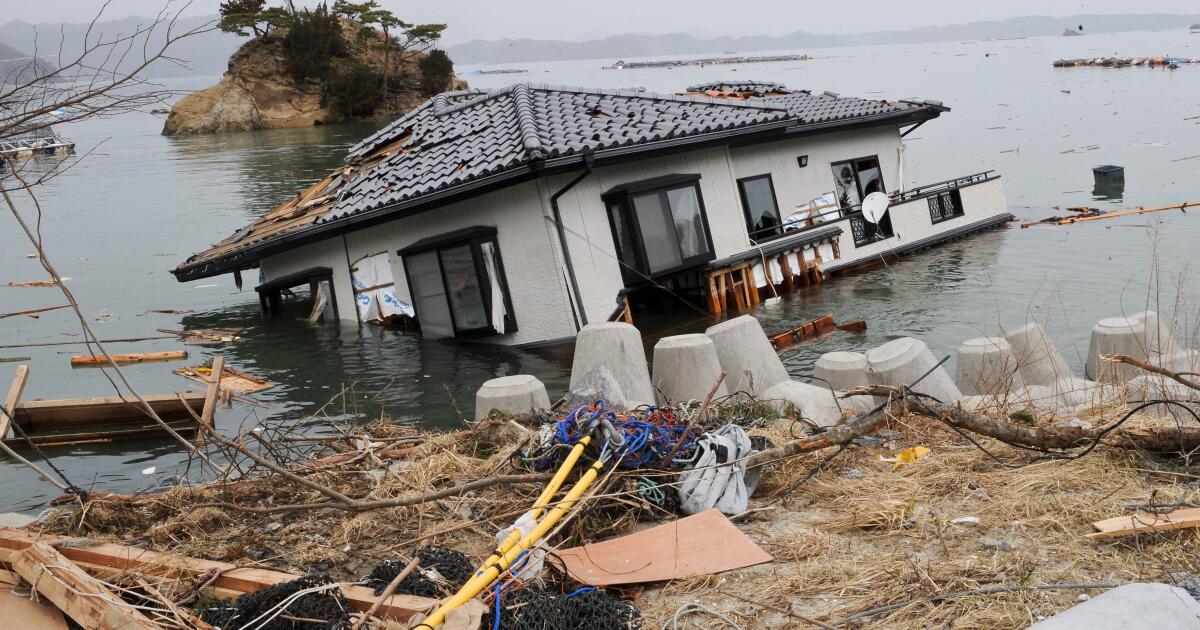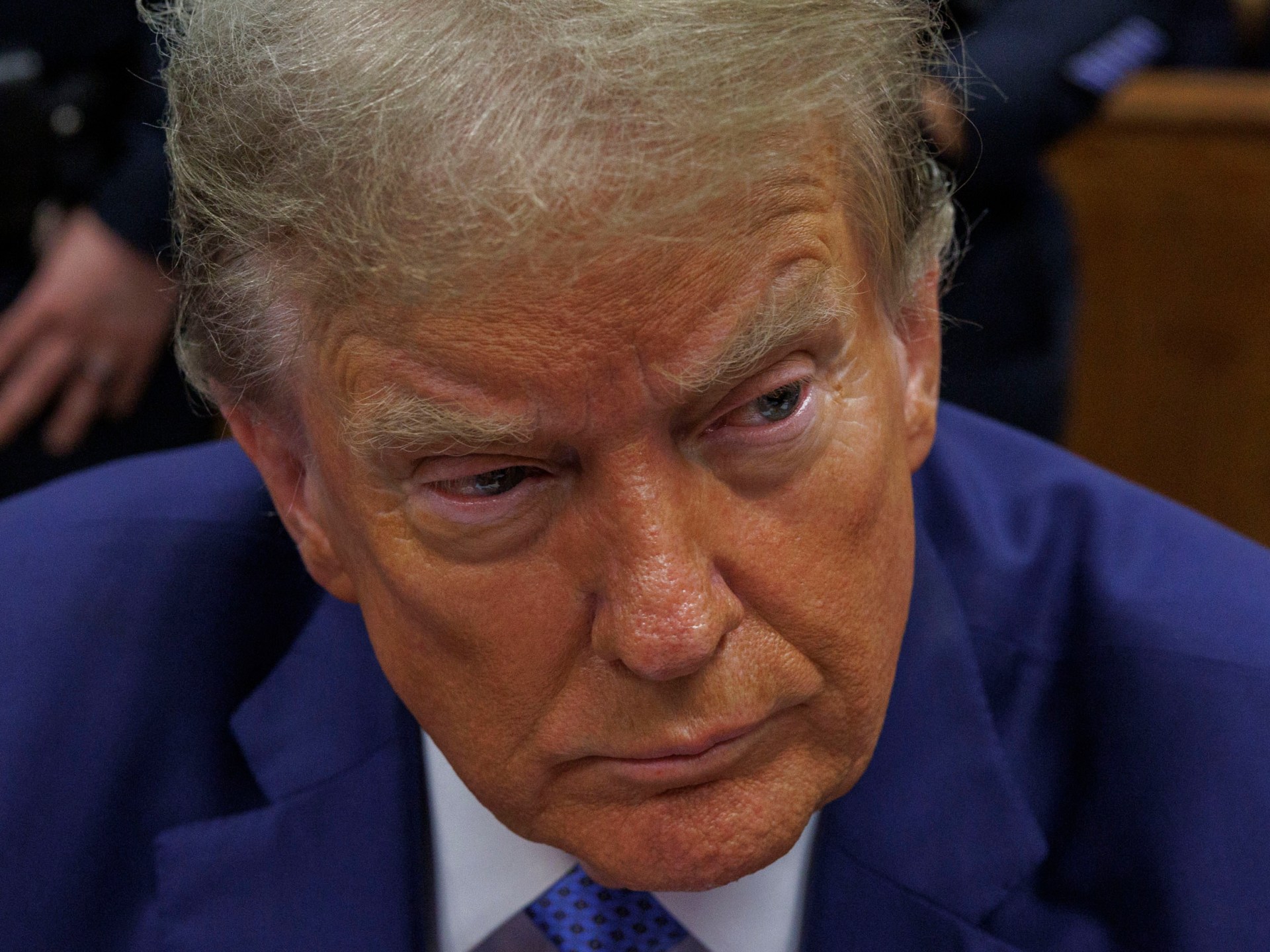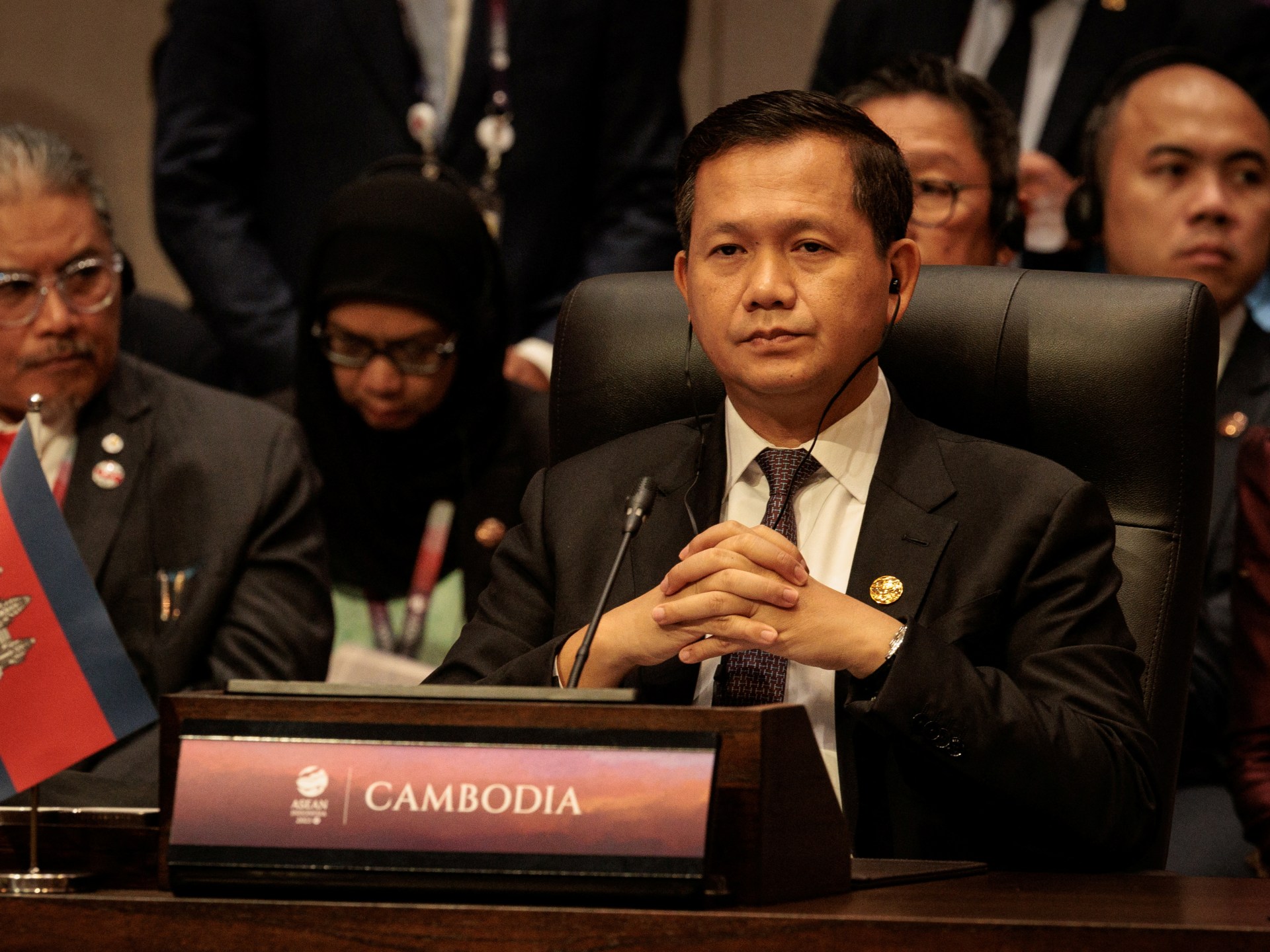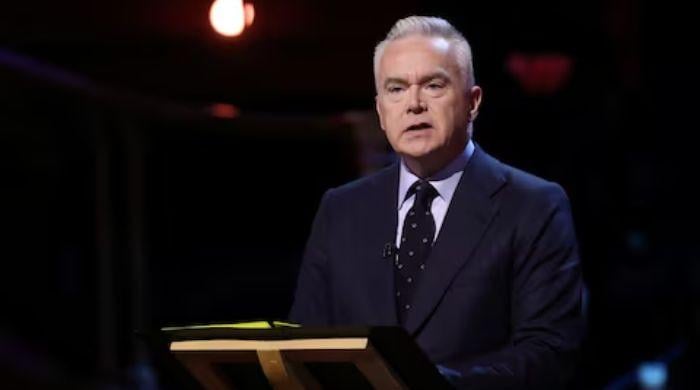President Biden, facing a political crisis on the U.S.-Mexico border in the early days of his administration, tapped Vice President Kamala Harris to lead a high-profile response that would bet heavily on improving conditions in three Central American countries.
It became known as the “root causes” strategy. The border, administration officials argued, was just a symptom. If the United States could improve economic, political, and security conditions in Honduras, El Salvador, and Guatemala, fewer people would risk the dangerous journey and much of the problem could be solved, they reasoned.
Three years later, the border crisis has only deepened: record numbers of immigrants from across the hemisphere are invading the border and a president is on the defensive as Republicans make immigration a key issue in their re-election campaign.
Migration specialists say the administration miscalculated, choosing a limited and time-consuming strategy that failed to anticipate the changing nature of migration.
“It focused on a long-term scenario and focused on countries that are no longer the main sending countries,” said Ariel Ruiz Soto, senior policy analyst at the Migration Policy Institute, a nonpartisan research group.
Today, the record number of migrants at the border has been driven by people fleeing Venezuela, Nicaragua, Cuba and Haiti, which together accounted for 583,000 border arrests in the 2023 budget year.
All three countries in Harris' original portfolio showed significant drops in annual migration, from more than 700,000 border arrests in the 2021 budget year to less than 500,000 in 2023.
But they increased again in the first three months of the 2024 budget year.
Meanwhile, Mexico remains the largest source of migrants, with 717,000 in 2023.
“You can't have a 'root causes' strategy for every country in the Western Hemisphere,” said Aaron Reichlin-Melnick, policy director for the American Immigration Council, an immigrant rights group.
The government's struggle to keep up with the moving target is part of a decades-long pattern, Ruiz Soto said. Smugglers and migrants tend to adapt more quickly to the dynamics on the ground than American policymakers, he said, noting that Venezuelans are now more likely to take the risk of coming north than Guatemalans because there are fewer flights than They return them home.
“The US immigration enforcement system is reactionary,” he said. “It responds to what is happening on the day of. “He doesn't look forward.”
Administration officials say Harris should be judged by the pledges of $4.2 billion in private investments she has spurred and the roughly $1 billion a year in U.S. aid to the three countries in her portfolio. And they argue that her high-profile task was only part of the plan to confront the border crisis.
Biden is now immersed in negotiations with congressional Republicans, who oppose a border surveillance agreement they had initially proposed.
“There are root causes,” White House press secretary Karine Jean-Pierre said in a recent briefing, referring to Harris' portfolio. Then “you have to deal with a system that doesn't work, which is why we put forward an immigration proposal that addresses policy and funding.”
In addition to private investment, administration officials point to efforts to connect 4 million Central Americans to the Internet and train 400,000 people in skills programs, along with less tangible efforts to promote workers' and women's rights in the region. .
Harris' national security adviser, Phil Gordon, has also been instrumental in establishing offices in Guatemala that screen migrants seeking refugee status and other legal avenues of entry without having to go to the border. The program now also includes Colombia, Ecuador and Costa Rica.
The administration says more than 120,000 people have submitted applications through the centers as of mid-January.
It is difficult to measure the impact of such programs when dynamics outside the control of the United States are often the most important factors.
Harris has spent little time in Central America and recently skipped the inauguration of Guatemalan President Bernardo Arévalo. His Jan. 15 swearing-in was a victory for the administration, which backed him publicly and privately amid fears he would be prevented from taking office.
An administration official said Harris plans to meet with Arévalo in Washington in March, where she will announce new private sector investments.
Arévalo's rise is seen as positive for one of Harris's main goals: improving democratic institutions. Harris and other administration officials have said corruption and failed institutions are key factors — along with crime, poverty and lack of safety — driving people to leave their homes.
The Biden administration began to view Guatemala “as an issue of defending democracy and I think that is right,” said Eric L. Olson, policy director at the Seattle International Foundation, who has written, sometimes critically, about the “root causes” strategy when it was implemented during the Obama administration.
Guatemala is an example where improving democracy is likely to help curb migration, he said.
“If you don't help the guy who was overwhelmingly elected get to the finish line, then you're really going to have another level of immigration problems,” he said.
However, what is good for democracy is not always good for stopping migration.
El Salvador's President Nayib Bukele has alarmed human rights defenders with his sweeping crackdown on gangs, including widespread arrests and detentions. He ran for re-election on Sunday in defiance of the constitutional term limit. But Bukele's crackdown has played a major role in slowing migration from El Salvador, as residents who once feared gang violence are no longer forced to leave, according to specialists.
“It's a huge contradiction,” Reichlin-Melnick said. “And beyond that, there is also a growing willingness of the United States to accept authoritarianism in exchange for those authoritarians cracking down on immigrants arriving at the US border.”
An administration official insisted that Biden and Harris remain committed to both human rights and immigration enforcement, pointing to specific efforts to curb extrajudicial killings and professionalize law enforcement.
Conservative critics of Harris take issue with another assumption of the “root causes” plan: that aid projects and foreign investment in the country will be more attractive to people than coming to the United States.
“The root cause of migration right now is the tremendous attraction to the United States,” said Sen. James Lankford (R-Okla.), who is leading Republican border negotiations. “If you cross the border, you can enter the country and you get a work permit immediately. I mean, that's the real pull factor.”
For most immigrants arriving at the border, that is not true. Asylum seekers must wait at least six months after submitting their application before they can receive a work permit.
Staff writer Andrea Castillo contributed to this report.












